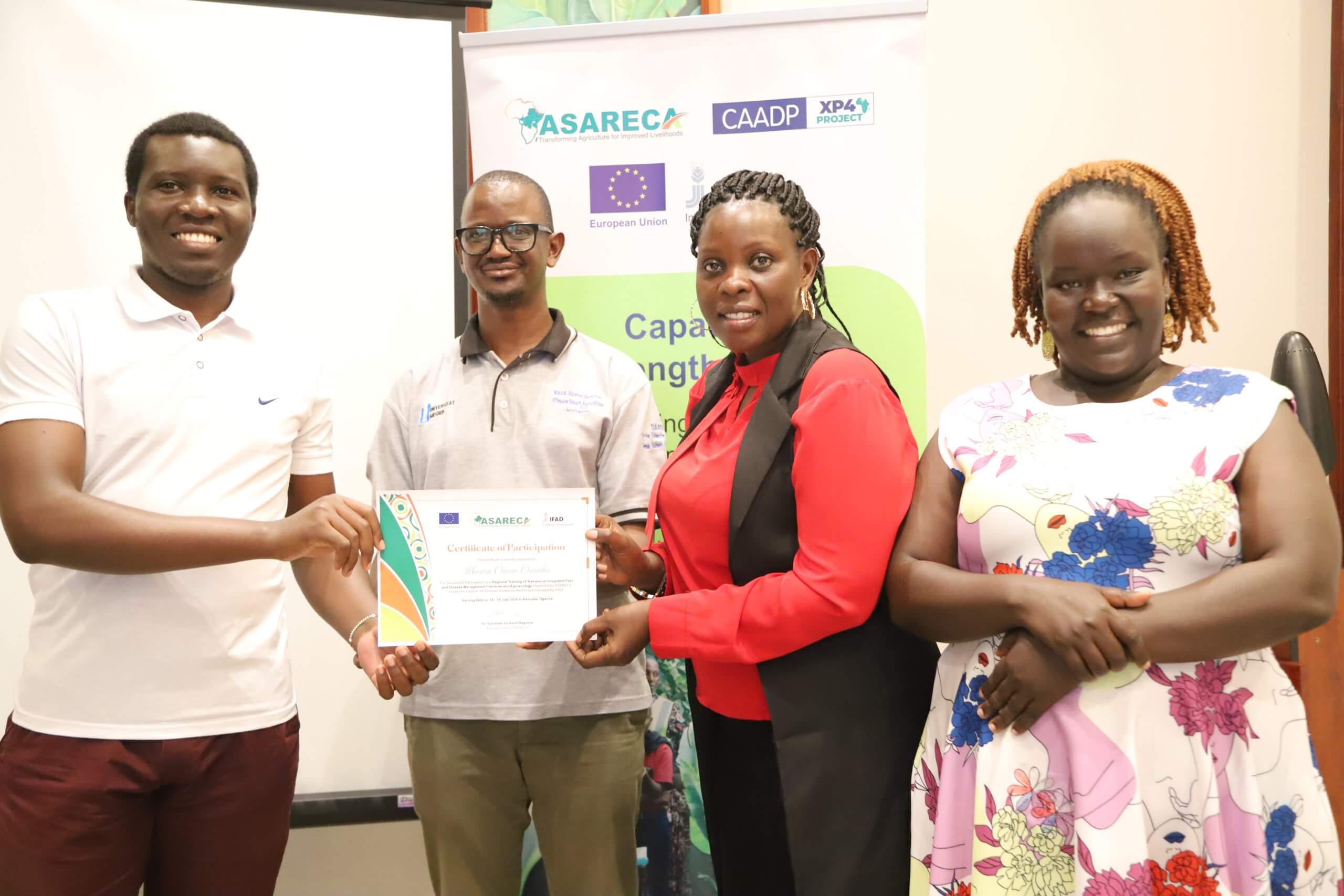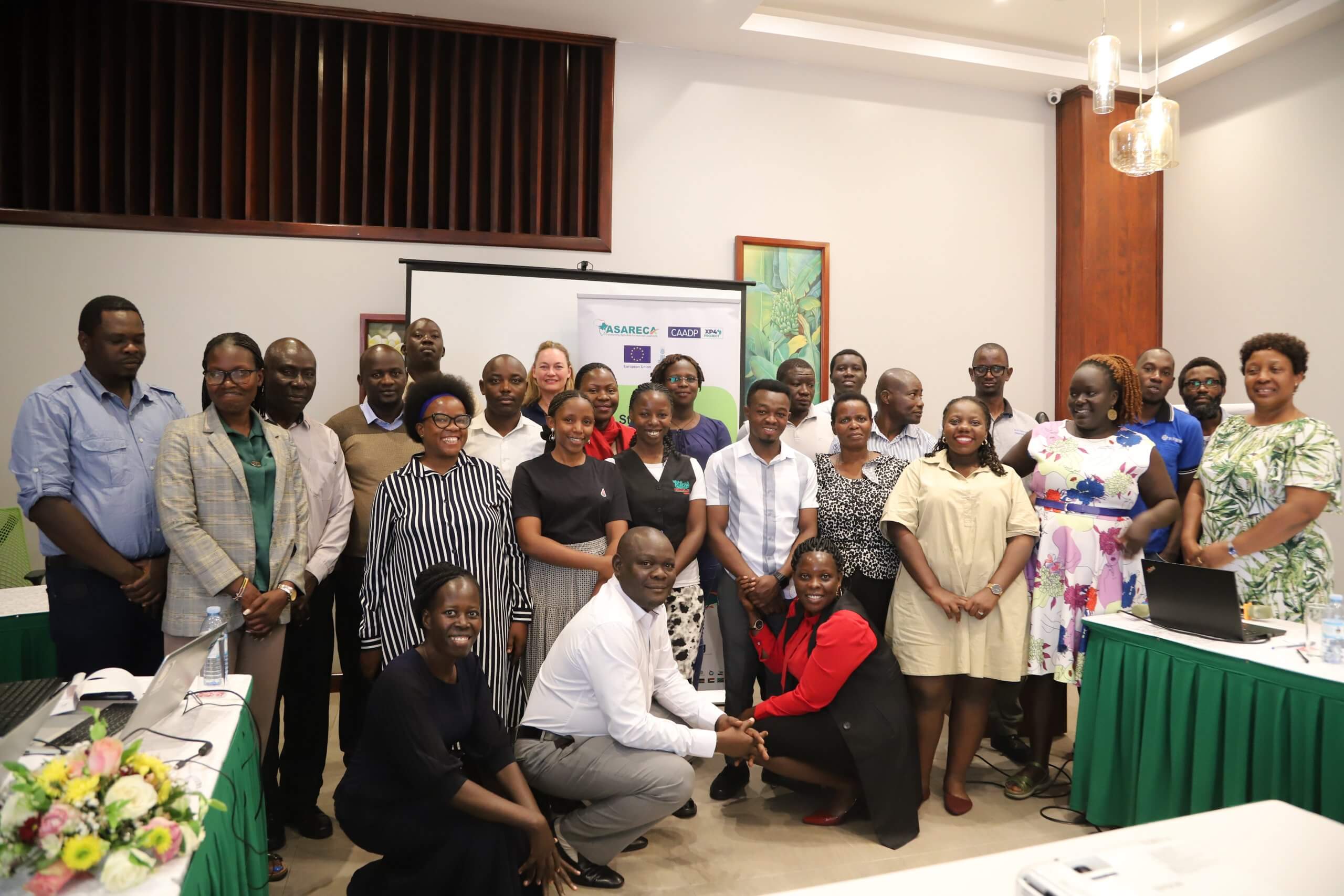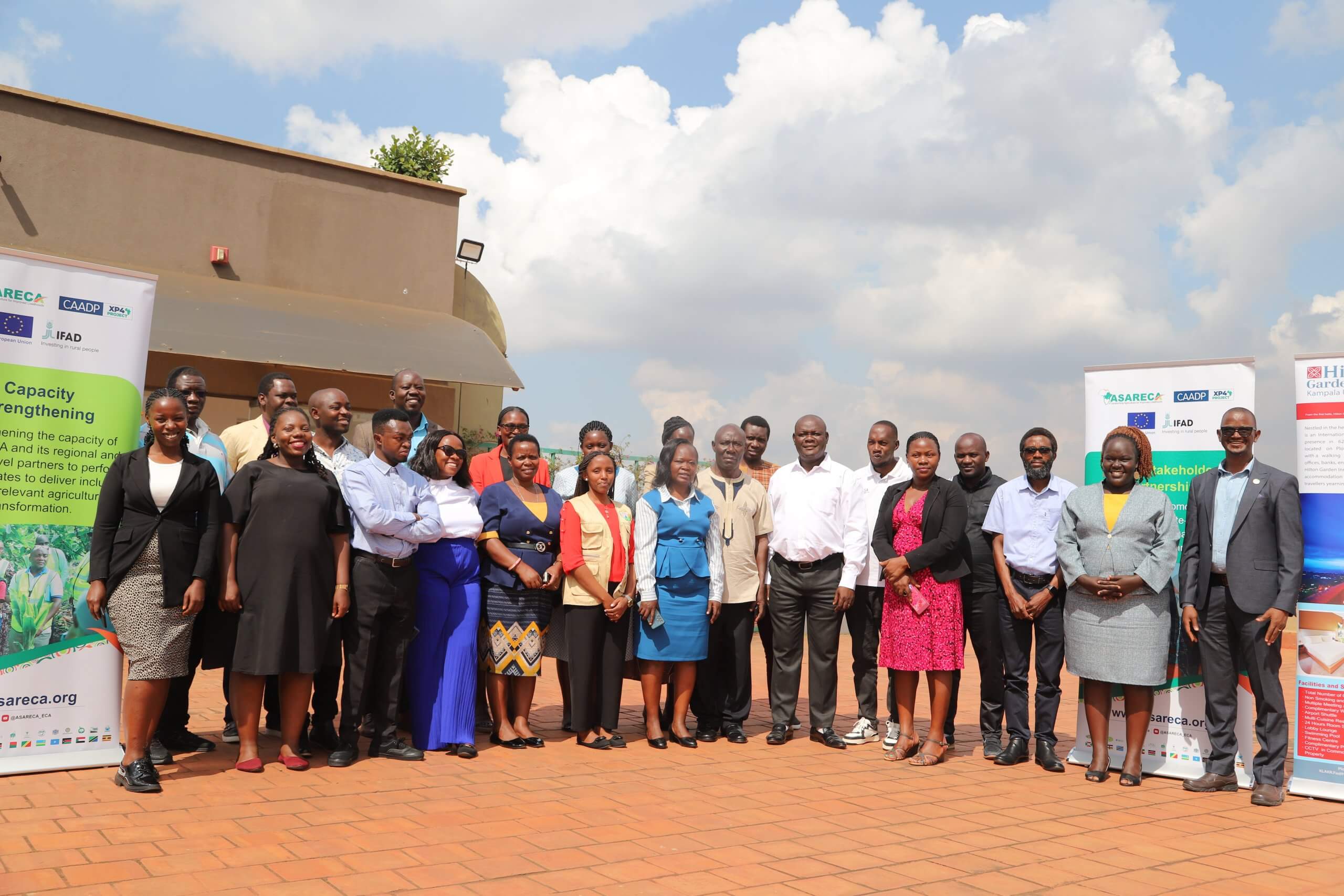Regional Trainers Empowered to Champion Climate-Smart Agriculture through Agroecology ToT in Uganda
BY GENEVIEVE APIO
Kampala, Uganda | July 14–18, 2025 – Over 30 Trainers of Trainers (ToTs) from six ASARECA partner states, Uganda, Kenya, Tanzania, Burundi, Rwanda, and Cameroon, gathered in Kampala for an intensive 5-day Regional ToT on Integrated Pest and Disease Management and Agroecology. Among the participants were 9 youth, 10 women, and 11 men.
The training aimed to strengthen the region’s capacity to implement climate-smart agricultural practices, in line with continental and global goals for sustainable food systems. The ToT was convened under the auspices of the CAADP-XP4 Programme, with funding from the European Union, and oversight by the International Fund for Agricultural Development (IFAD). The activity falls under output 1.1.1 of the programme, which focuses on establishing a staff development initiative, including mentorship and exchange programs both within the region and with international partners.
The overall objective of the ToT in IPM practices and Agroecology is to enhance utilization of biological technologies following an Integrated Pest Management (IPM) approach for crop pest and disease management.
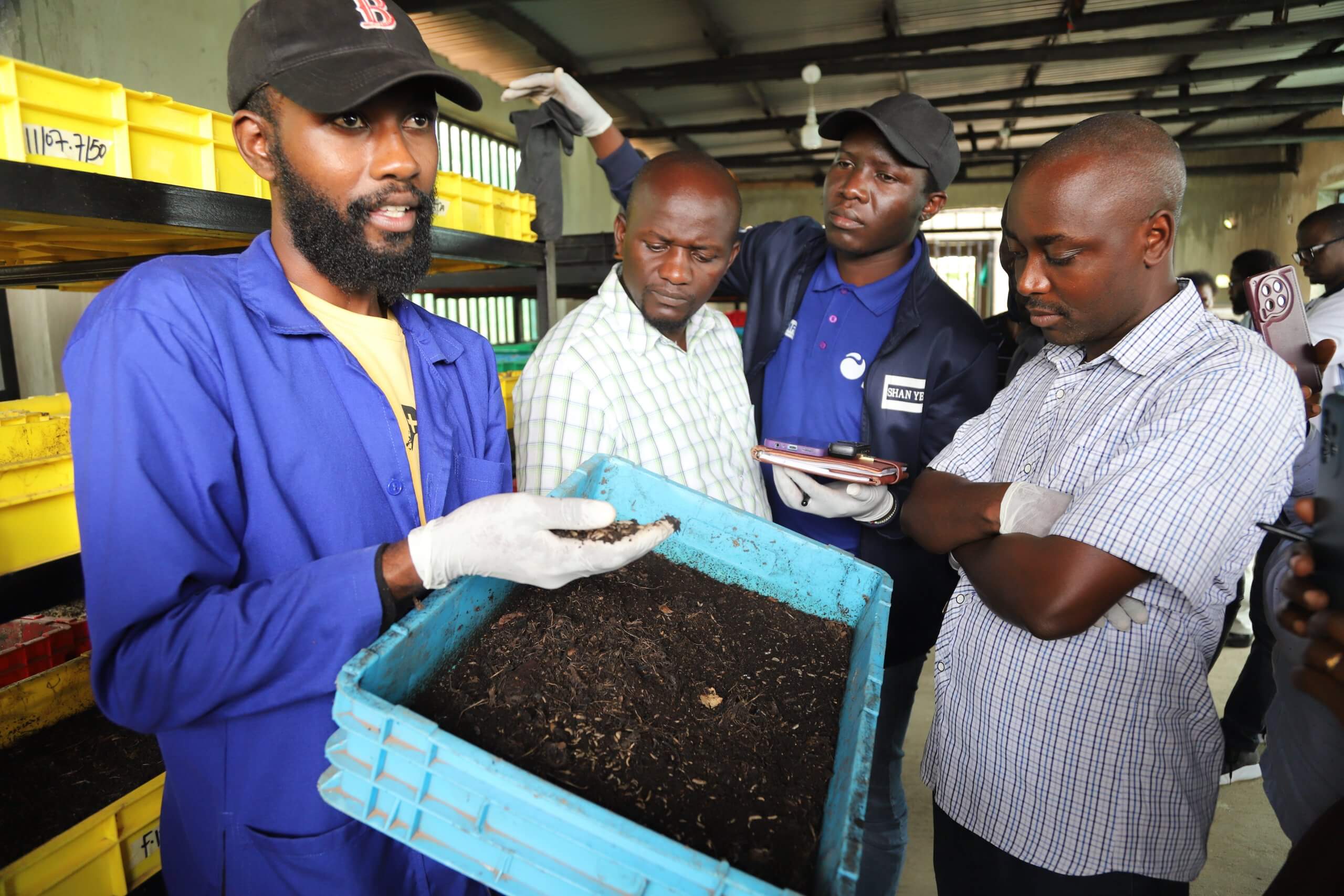
The specific objectives:
- To enhance the capacity of youth and women farmers in the application of selected biological and organic technologies.
- To provide an opportunity for youth and women farmers to have a hands-on experience with available biological and organic technologies.
- To provide a platform for women and youth farmers, and scientists to share knowledge and experiences.
- To promote practices that enhance on-farm diversification through crops, livestock, forage and trees.
- To profile and share with women and youth farmers accredited/ registered sources of biological and organic inputs in Eastern Africa.
Day 1: Setting the Foundation for Agroecology
The training kicked off with registration, participant introductions, and an overview of objectives led by Ms. Blaise Amony, Program Officer, Capacity Building, ASARECA.
The technical sessions began with “Why Agroecology?”, delivered by agroecologist Robert Guloba, who contextualized agroecology as a response to the interlinked challenges of food insecurity, environmental degradation, and climate change.
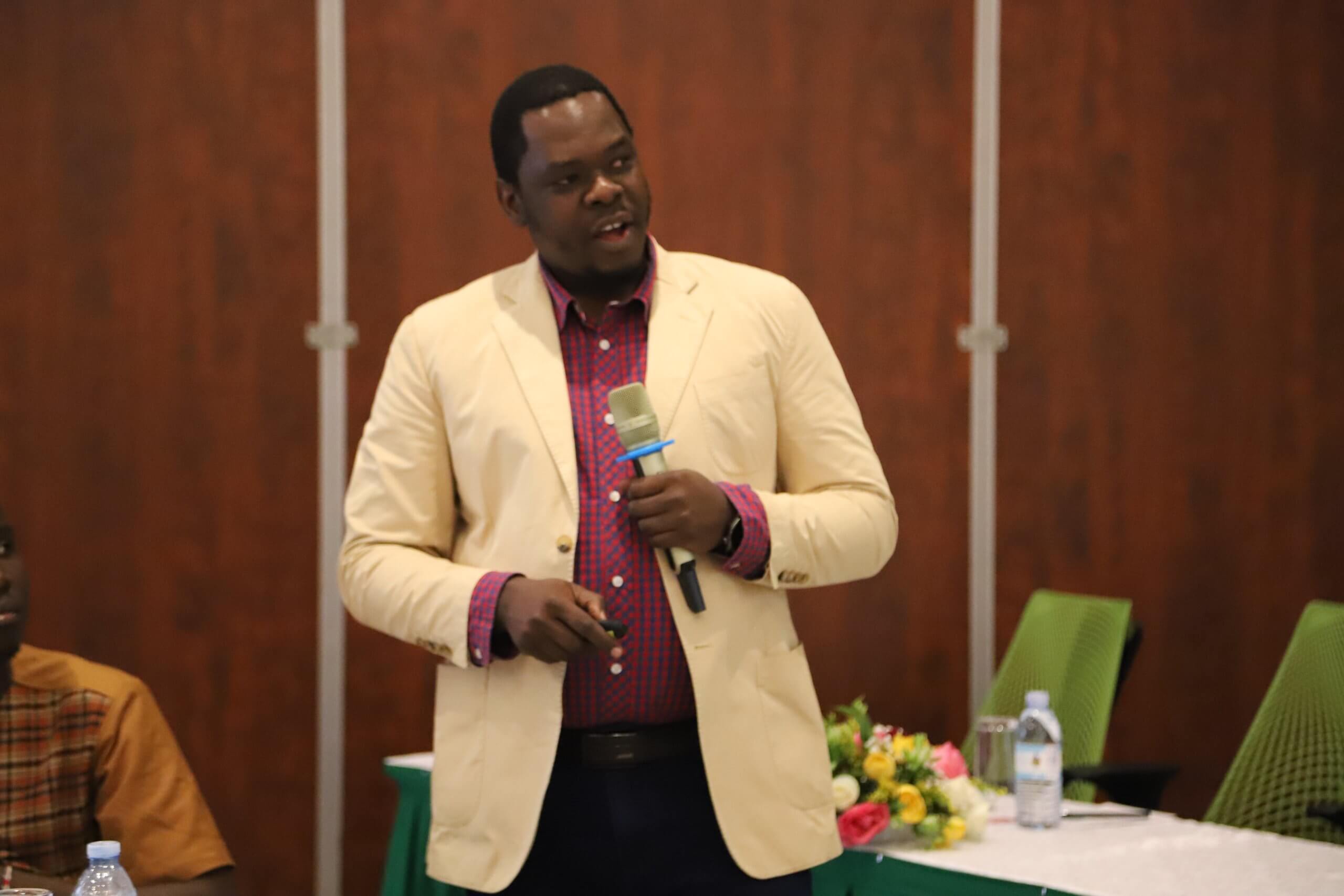
Later, participants were introduced to the 10 elements and 13 principles of agroecology, which form the conceptual backbone of sustainable farming systems. Mr. Edward Jacobo from the Kilimo Sustainable Movement, Tanzania, guided participants through the use of the FAO Agroecology Performance Evaluation Tool (TAPE) and the Farm Agroecology Criteria Tool (FACT), used to assess agroecological performance at the farm level.
Afternoon sessions focused on Regenerative Agriculture (RA) and Soil and Water Conservation (SWC) technologies, led by Dr. Onesmus Semalulu from NARO. These included techniques for restoring degraded soils, improving organic matter, and managing water efficiently.
The day concluded with sessions on agrobiodiversity and permaculture, facilitated by Dr. Jimmy Tindamanyire and Dr. Eseri Nankya, highlighting how diversified farming systems enhance ecosystem services and climate resilience.
Day 2: Soil Health, Nutrient Management, and Field Learning at NARL
The second day focused on improving soil productivity through environmentally friendly nutrient and pest management strategies. Dr. Joshua Okonya, Program Officer for Technology and Innovation, moderated the sessions, engaging participants in a feedback and recap session of Day 1.
Dr. Onesmus Semalulu returned to introduce participants to Integrated Nutrient Management, combining organic and bio-fertilizers to restore soil health. This was followed by a presentation on IPDM systems in crops by Dr. Godfrey Sseruwu, showcasing non-chemical pest control strategies including natural enemies, crop rotation, and habitat management.
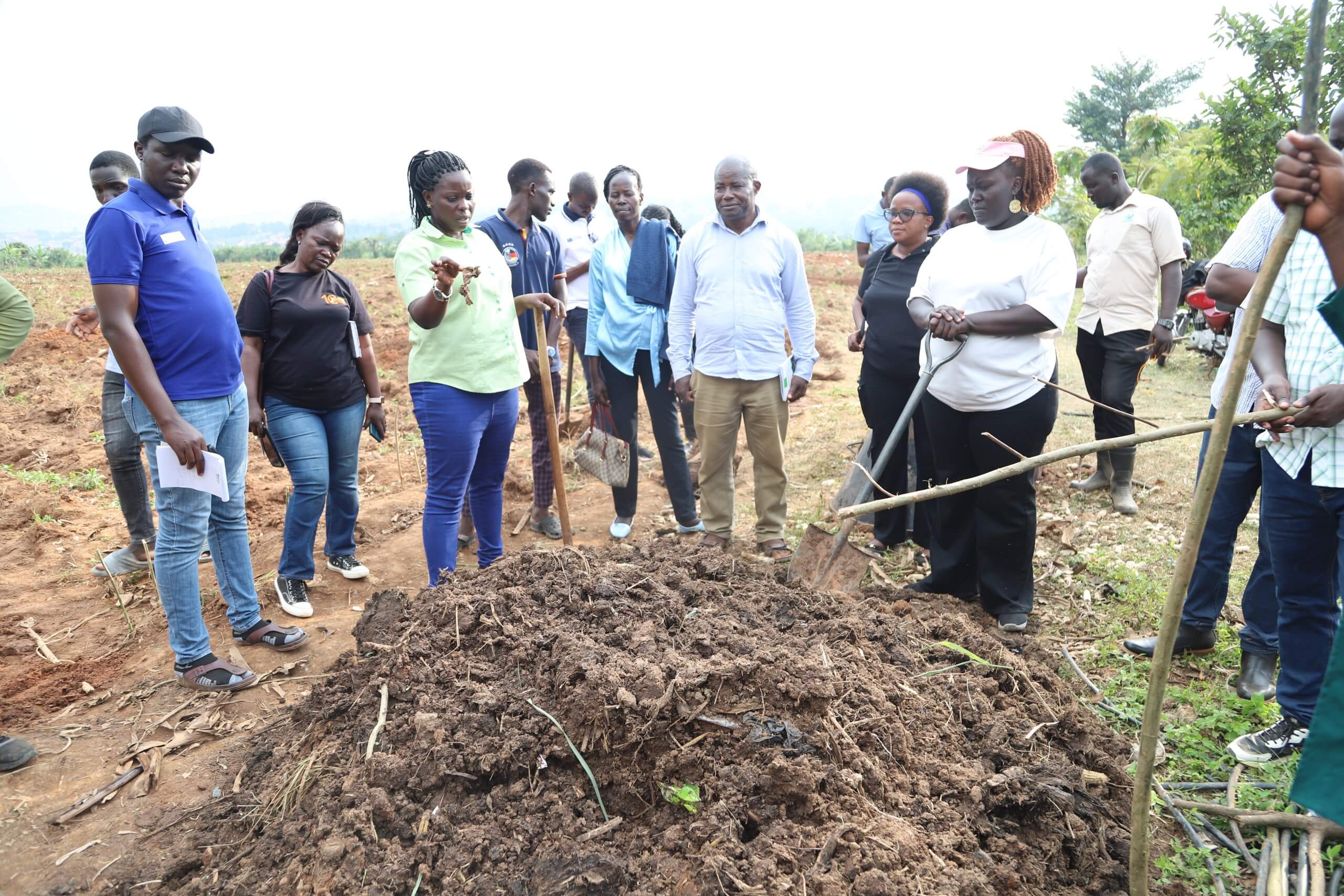
Participants also explored push-pull technology, a biologically based cropping system that controls pests by intercropping repellent and attractant plants—a session delivered by Dr. Zenebe Adimassu.
In the afternoon, ToTs visited NARL field sites for demonstrations on manure making, including vermicomposting and compost piles made from farm waste. They also observed soil and water conservation structures, including contour bunds, planting basins, and organic amendments, offering a real-world view of techniques adaptable to smallholder farms.
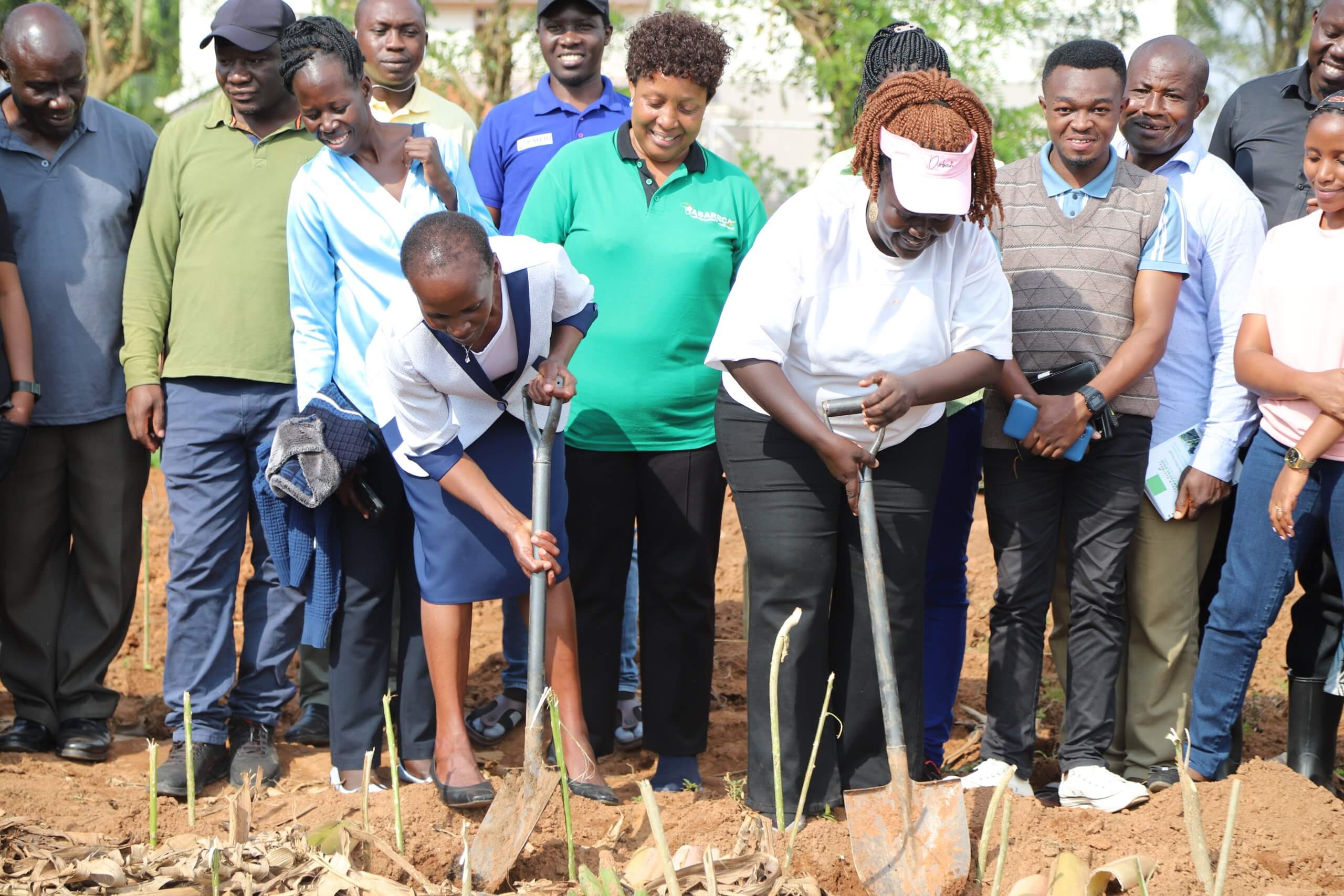
On days 4 and 5, participants moved to NARO Kawanda for a hands-on learning experience at the CSA demonstration plots. The group was officially received by Dr. Hedwig Natabirwa, Acting Director of Research, on behalf of Dr. Robooni Tumuhimbise, Director of Research at NaRL.
Under the guidance of Dr. Eseri Nankya and a team of NARO experts, ToTs engaged in the construction and application of key Climate-Smart Agriculture practices, including:
- Permanent Planting Basins – Standardized at 70cm x 75cm x 30cm, these structures collect rainwater, concentrate nutrients, and reduce erosion in semi-arid farming zones.
- Infiltration Trenches and Pits – Designed to harvest runoff and recharge groundwater, these structures are critical in drought-prone areas.


- Contour Grass Strips – Planted with fodder grasses like Napier, these strips prevent soil loss while supplying livestock feed.
- Hedgerows – ToTs established rows of leguminous trees and shrubs to act as windbreaks, improve biodiversity, and supply mulch and fuelwood.
- A-frame Level Use – Participants practiced using this simple tool to trace accurate contours for layout of SWC structures and agroforestry systems.
These field demonstrations allowed ToTs to move from theory to practice, building confidence in replicating the techniques within their own countries.
Day 3: Agroecology in Staple and Commercial Crop Systems
Day three deepened focus on applying agroecological techniques to high-value and staple crops.
Dr. Sarah Mutonyi facilitated a session on integrating agroforestry and agroecology for resilient livelihoods. George Kituuka presented on climate-smart banana production, covering mulching, pest management, and soil fertility. Dr. Godfrey Sseruwu led a related session on coffee agroecology, followed by participant-led experience sharing on successful interventions in banana and coffee systems.
The day also featured sessions on:
Technologies for building resilience to climate change, including optimizing rain-fed agriculture systems (Dr. Everline Komutunga).
The profitability of agroecological products, presented by Ms. Hadija Nalule of PELUM Uganda, linking sustainability to income generation.
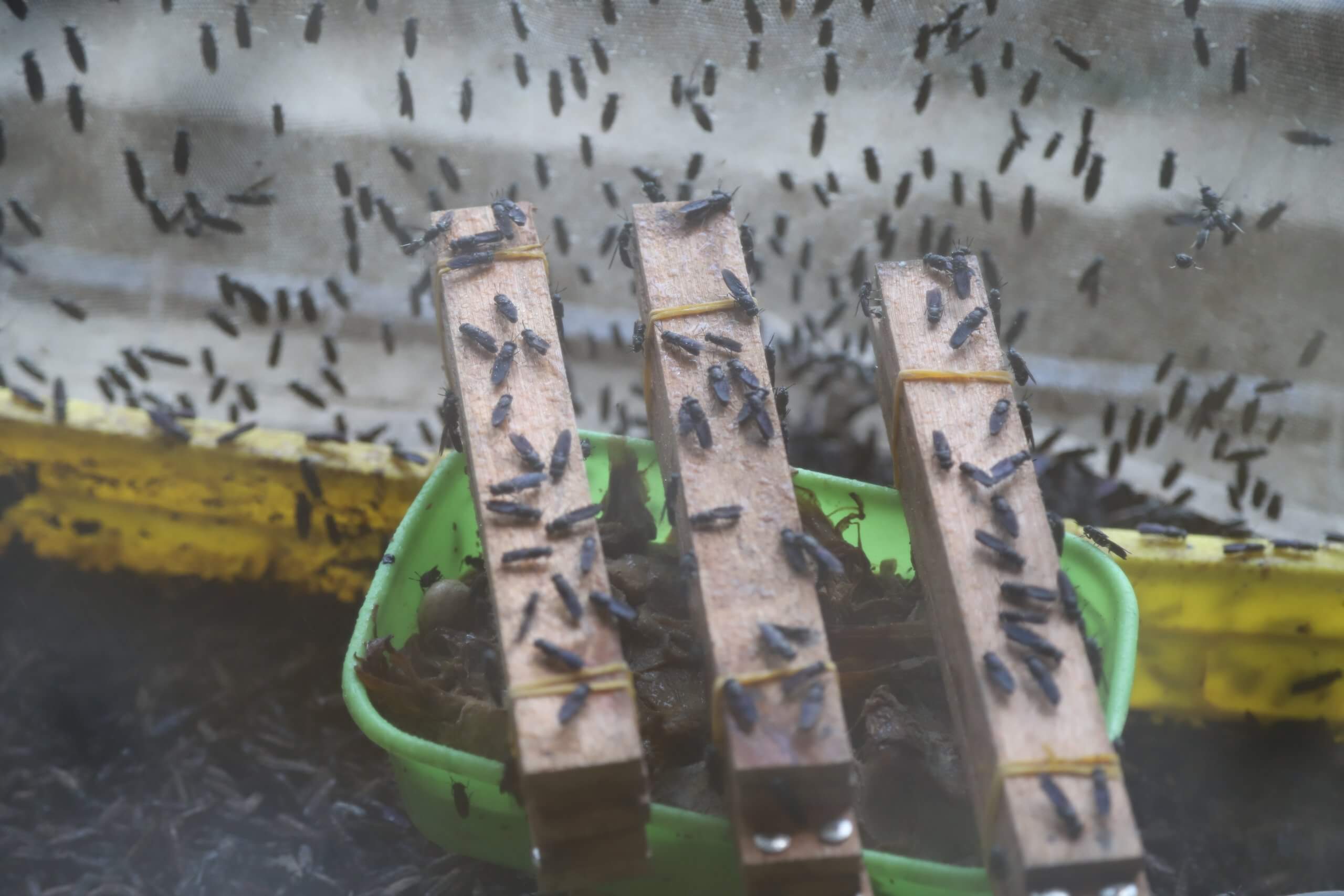
Day 4: Youth-Led Innovations in Agroecology
Day four was devoted to youth innovation and entrepreneurship. Participants visited Agape Innovations in Bombo, where young agroecologists demonstrated:
- Black Soldier Fly (BSF) Rearing – Organic waste is transformed into larvae for high-protein animal feed and biofertilizer. Participants observed the use of solar dryers to dry larvae efficiently and hygienically.
- Azolla Cultivation – Azolla, a nitrogen-rich aquatic plant, was shown as a rapid-growing manure base for improving soil fertility.
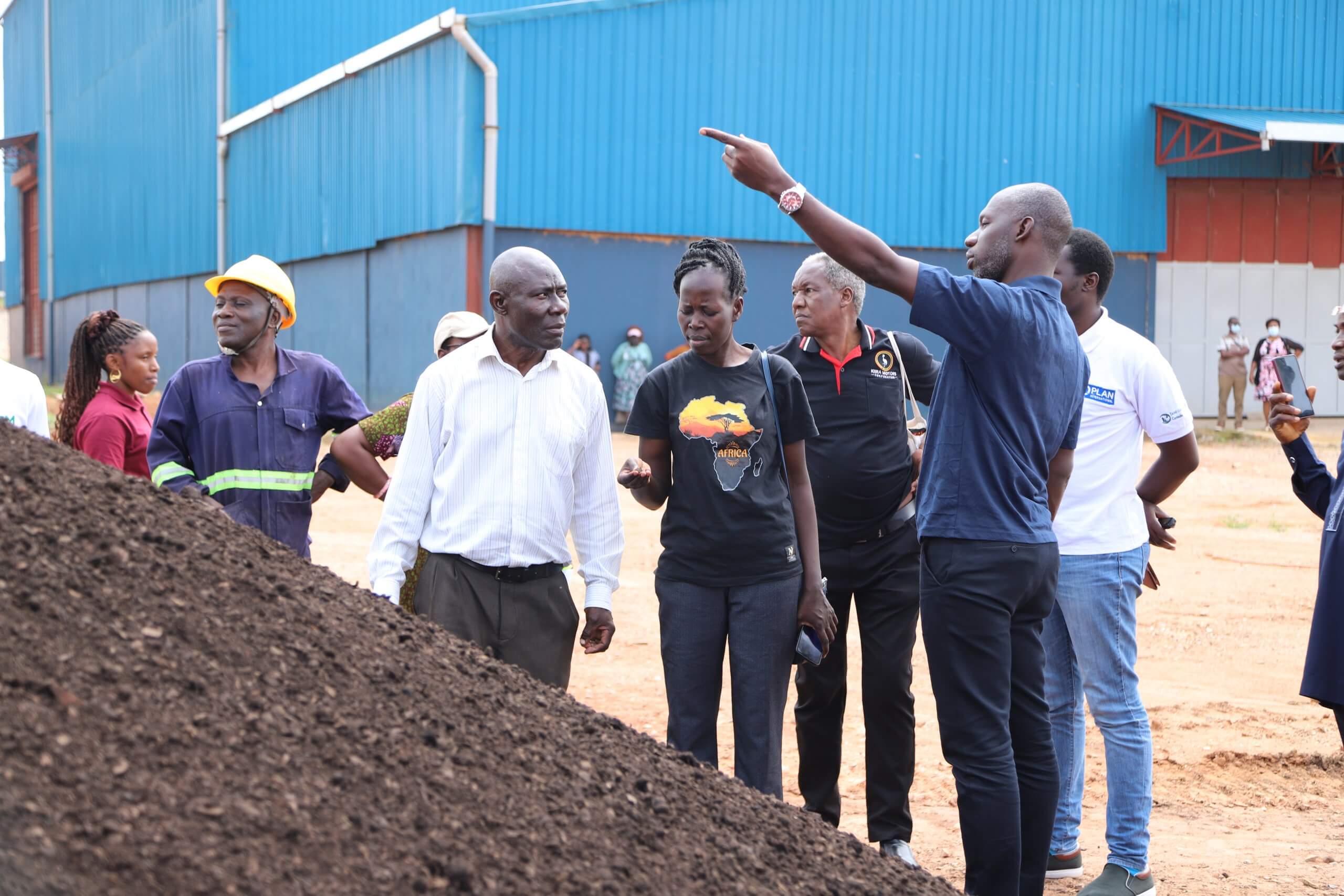
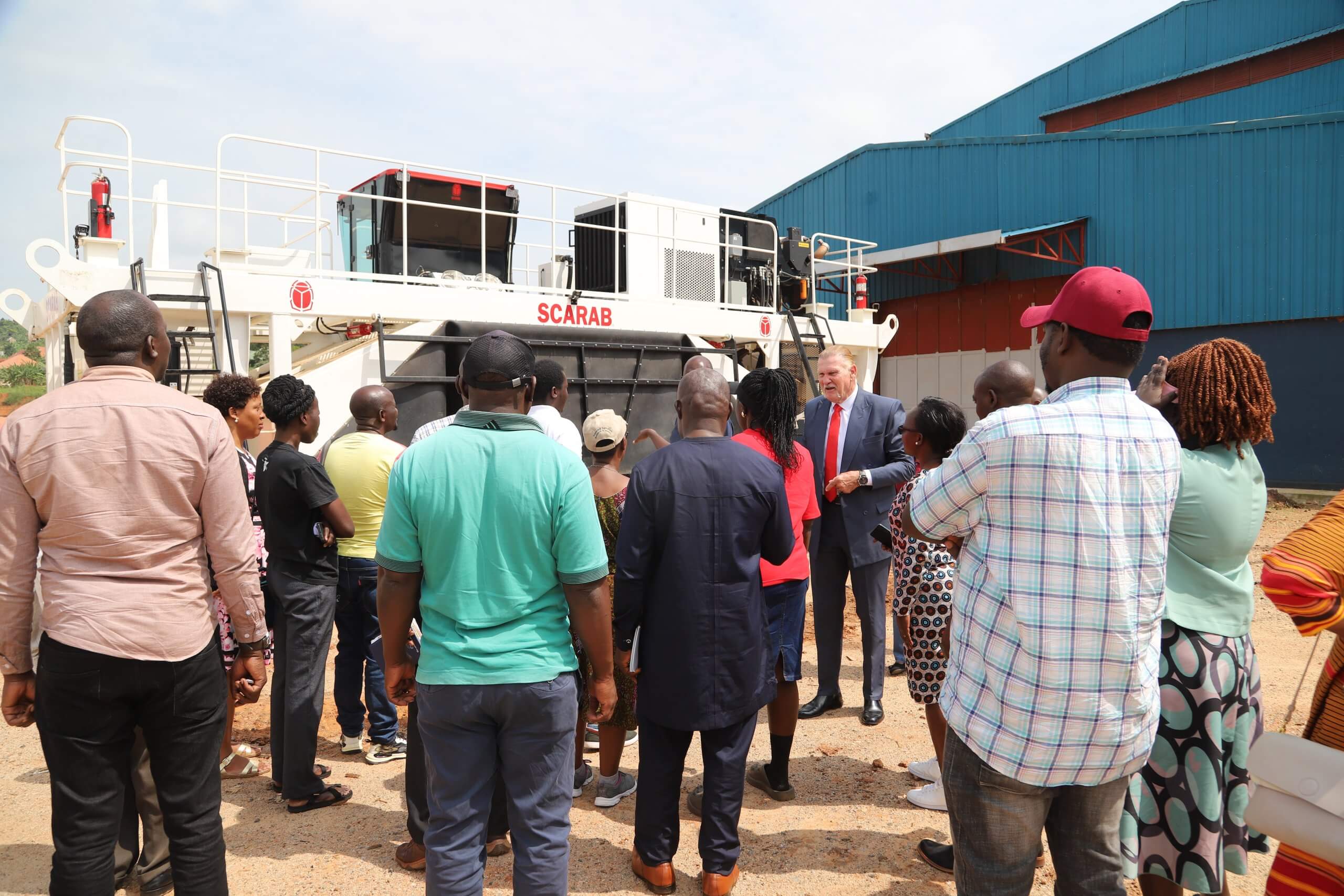
In the afternoon, ToTs toured an organic fertilizer production facility in Matugga, observing large-scale composting systems and discussing market models for organic input commercialization.
Day 5: Agribusiness and Regional Reflections
The final day focused on agroecology as a viable enterprise model.
Presentations by Ms. Grace Akatuha (KIKAZI Products) and Ms. Brenda Asasira (Bris Agro Safaris) demonstrated how agroecological enterprises can thrive through branding, community engagement, and value chain development.
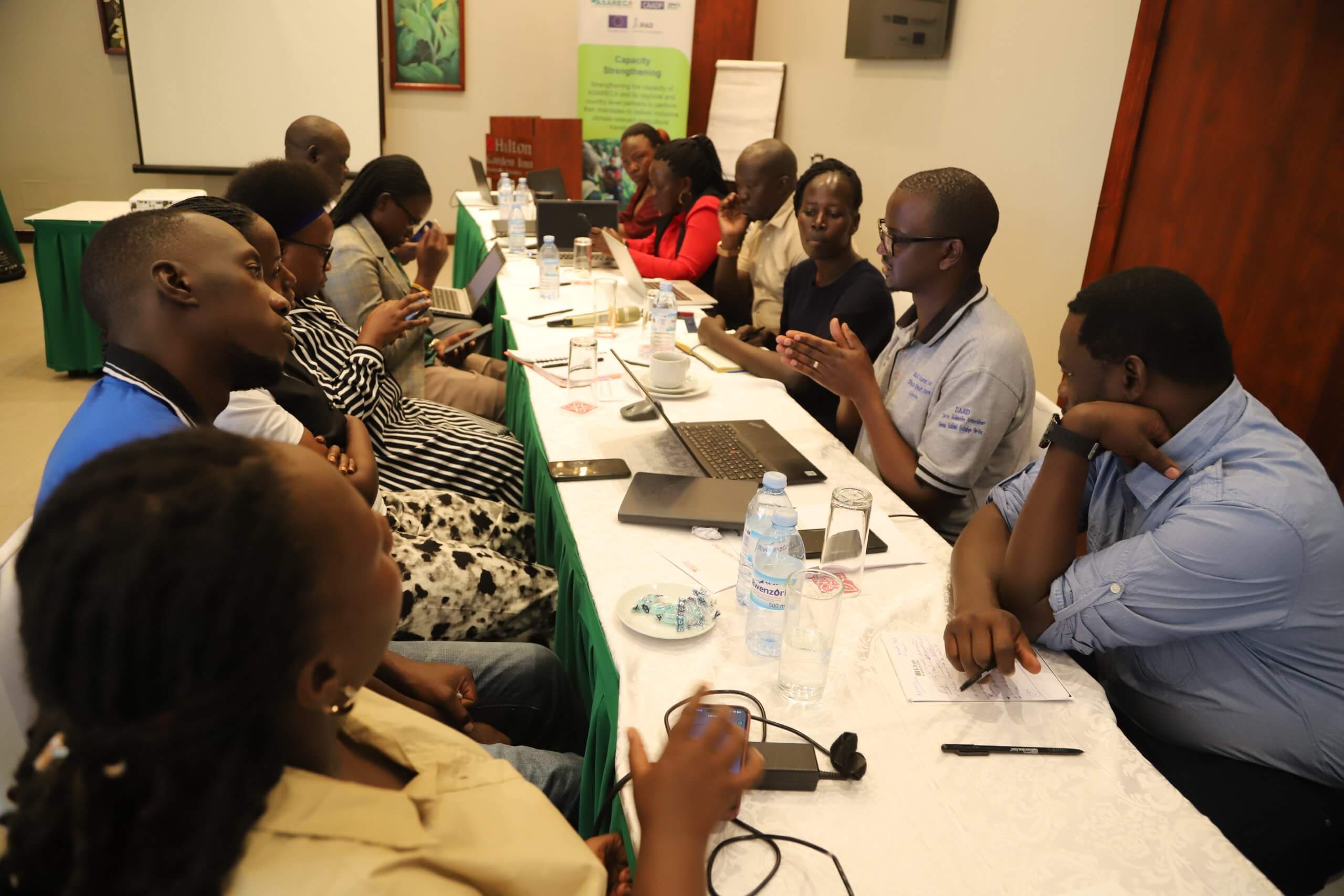
Country teams also shared status updates on agroecology strategies and programs in Cameroon, Burundi, Ethiopia, Uganda, Kenya, and Tanzania, highlighting policy progress, gaps, and opportunities for collaboration.
Conclusion
The training culminated with a certificate award ceremony, during which each ToT committed to cascading the knowledge gained to farmers, extensionists, and institutions in their respective countries.
